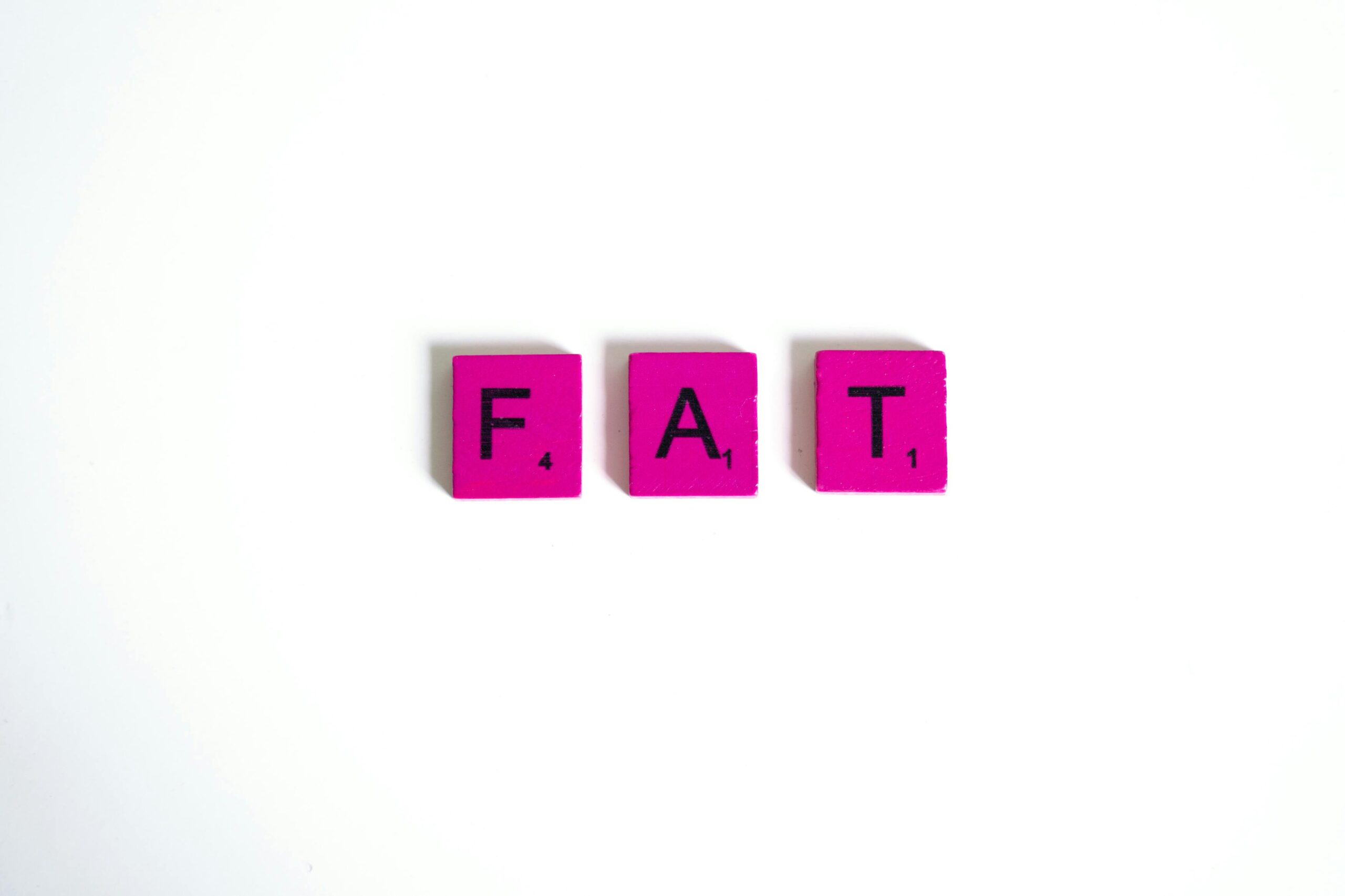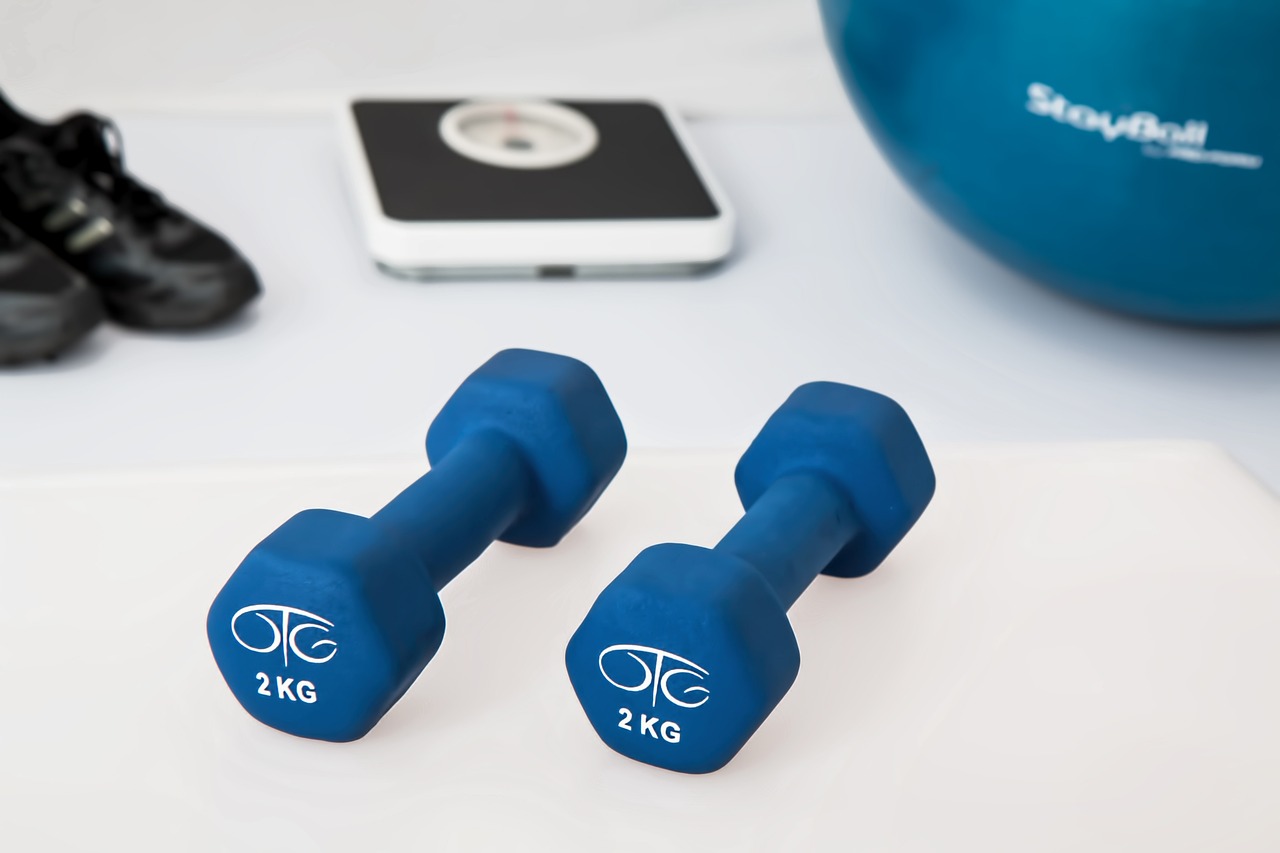Losing fat is a common goal for many people, but it can often feel overwhelming and confusing. With all the information out there, it’s hard to know where to start and what actually works. Lucky for you, this article will provide you with practical tips and strategies to effectively lose fat. By following these simple steps, you’ll be well on your way to achieving your weight loss goals and boosting your overall health. So, let’s dive in and discover how you can lose fat effectively!
Setting Realistic Goals
When it comes to losing fat effectively, setting realistic goals is the first step towards success. Determining your ideal weight is essential to establish a target that is both achievable and healthy for your body. Rather than aiming for an unrealistic weight, focus on achieving a weight that makes you feel comfortable and confident in your own skin.
Setting achievable timeframes is also crucial for staying motivated and on track. Losing fat takes time, and expecting quick results can lead to frustration and disappointment. Break down your ultimate goal into smaller, more manageable targets that can be achieved within a realistic timeframe. This way, you can celebrate your successes along the way and stay motivated for the long haul.
Breaking down your goals into smaller, attainable steps is key to maintaining momentum on your fat loss journey. Instead of solely focusing on the number on the scale, consider incorporating other goals such as improving your fitness level, increasing muscle tone, or reducing body measurements. By focusing on these non-scale victories, you can stay motivated and engaged throughout the process.
Caloric Deficit
Understanding caloric deficit is a fundamental aspect of effective fat loss. A caloric deficit occurs when you consume fewer calories than your body needs for daily functioning and energy expenditure. This deficit then prompts your body to tap into its fat stores for the energy it requires, resulting in fat loss over time.
Determining your daily caloric needs is a crucial step in creating a caloric deficit. With the help of online calculators or consulting with a professional, you can estimate your total daily energy expenditure (TDEE) – the number of calories you need to maintain your current weight. From there, you can create a caloric deficit by consuming fewer calories than your TDEE.
Calculating and tracking your caloric intake is essential for effective fat loss. By consistently monitoring your daily food intake, you can ensure that you are staying within your target calorie range. Utilize apps or food diaries to log and track your meals, making it easier to stay accountable and make adjustments as needed.
Creating a caloric deficit can be done through various strategies. One approach is to reduce portion sizes, opt for lower-calorie food choices, and limit high-calorie foods such as sugary snacks and drinks. Another strategy is to engage in physical activity to increase your energy expenditure and create a larger caloric deficit. Experiment with different methods to find what works best for you.
Healthy Eating Habits
Making nutritious food choices is vital for effective fat loss. Focus on consuming whole, unprocessed foods that are nutrient-dense and low in added sugars, unhealthy fats, and artificial ingredients. Incorporate a variety of fruits, vegetables, lean proteins, whole grains, and healthy fats into your meals to ensure a well-rounded and balanced diet.
Portion control plays a significant role in healthy eating habits. While it’s important to fuel your body with the right foods, it’s equally crucial to consume them in appropriate quantities. By practicing portion control, you can enjoy a wide variety of foods without overeating or consuming excess calories. Be mindful of portion sizes and listen to your body’s hunger and fullness cues.
Eating mindfully is another habit that can support your fat loss goals. Instead of rushing through meals or mindlessly snacking, take the time to savor and enjoy your food. Pay attention to the flavors, textures, and sensations of each bite. This not only enhances the eating experience but also helps you recognize when you are satisfied, preventing overeating.
Meal planning and preparation are essential for maintaining healthy eating habits. By planning your meals in advance, you can ensure that you have nutritious options readily available, preventing impulsive food choices or opting for unhealthy takeout. Allocate time each week to prepare and portion your meals, making it easier to stay on track with your fat loss goals.
Regular Exercise Routine
In addition to implementing healthy eating habits, establishing a regular exercise routine is crucial for effective fat loss. Choosing exercises that are effective and enjoyable for you will increase the likelihood of adherence.
When it comes to selecting effective exercises, a combination of strength training and cardiovascular workouts is recommended. Strength training helps build lean muscle mass, which can boost your metabolism and increase fat burning even at rest. Incorporate exercises that target different muscle groups to achieve a well-rounded and balanced routine.
Cardiovascular workouts are excellent for burning calories and improving cardiovascular health. Activities such as running, cycling, swimming, or dancing can be incorporated into your routine. Aim for at least 150 minutes of moderate-intensity cardio each week or 75 minutes of vigorous-intensity cardio, as recommended by health authorities.
High-intensity interval training (HIIT) is another effective fat-burning workout method. HIIT involves short bursts of intense exercise followed by brief recovery periods. This technique not only burns calories during the workout but also increases your metabolism, resulting in continued fat burning even after you’ve finished exercising.

Building Lean Muscle Mass
Building and maintaining lean muscle mass is essential for effective and sustainable fat loss. Muscle tissue is metabolically active, meaning that it burns more calories at rest compared to fat tissue. By increasing your muscle mass, you can boost your metabolism and enhance your body’s ability to burn fat.
Resistance training is the key to building lean muscle mass. Incorporating exercises such as weightlifting, bodyweight exercises, or resistance band workouts into your routine can help stimulate muscle growth. Focus on compound exercises that target multiple muscle groups at once, such as squats, deadlifts, push-ups, and lunges.
Protein intake plays a crucial role in muscle growth and repair. Ensure that you are consuming enough protein to support your muscle-building goals. Opt for lean protein sources such as chicken, turkey, fish, tofu, beans, and dairy products. Aim for a protein intake of around 0.8 to 1 gram per pound of body weight.
Allowing time for recovery and rest days is equally important. Your muscles need time to repair and rebuild after exercise. Adequate rest and recovery also help prevent overtraining, reduce the risk of injury, and optimize your performance during future workouts. Listen to your body and prioritize rest days throughout the week.
Effective Fat-Burning Workouts
Incorporating fat-burning workouts into your exercise routine can help accelerate your progress. Interval training is an effective approach that involves alternating periods of high-intensity exercise with shorter recovery periods. This method challenges your body to work at its maximum capacity, resulting in increased calorie burn and fat loss.
Circuit training is another effective workout method for burning fat. It involves performing a series of exercises back-to-back with minimal rest in between. Circuit training not only elevates your heart rate and burns calories but also engages multiple muscle groups, providing both cardiovascular and strength benefits.
High-intensity workouts, such as Tabata or CrossFit-style workouts, are popular for their fat-burning capabilities. These workouts typically involve short bursts of intense exercise followed by brief rest periods. They can be challenging but highly effective in maximizing calorie burn and boosting fat loss.
Combining strength and cardio exercises within a single workout can also be an effective fat-burning strategy. For example, incorporating resistance exercises with short bursts of cardio exercises, such as jumping jacks or mountain climbers, can provide a well-rounded and calorie-burning workout.
Hydration and Water Intake
Staying hydrated is crucial for overall health and effective fat loss. Water plays a vital role in various bodily functions, including digestion, metabolism, and temperature regulation. It also helps suppress appetite and prevent overeating.
Determining your daily water intake varies based on factors such as body weight, activity level, and climate. As a general guideline, aim to consume at least eight cups (64 ounces) of water per day. However, individual needs may vary, so listen to your body’s thirst cues and make adjustments accordingly.
If you struggle with increasing your water intake, consider implementing a few tips and tricks. Carry a reusable water bottle with you throughout the day as a reminder to drink. Experiment with adding natural flavors, such as lemon, cucumber, or berries, to enhance the taste of your water. Additionally, consuming foods with high water content, such as fruits and vegetables, can contribute to your overall hydration.
Quality Sleep and Stress Management
Getting adequate quality sleep and managing stress are often overlooked but essential components of successful fat loss. Lack of sleep and high stress levels can interfere with your hormonal balance, hunger signals, and overall well-being, negatively impacting your fat loss efforts.
Sleep is essential for weight loss as it regulates appetite hormones and supports proper metabolism. Aim for 7-9 hours of quality sleep per night. Establish a bedtime routine, create a relaxing sleep environment, and limit caffeine and electronic device usage before bed to improve the quality of your sleep.
Stress, both physical and emotional, can hinder fat loss progress. High levels of the stress hormone cortisol can lead to increased appetite, cravings, and fat storage. Incorporate stress management techniques such as meditation, deep breathing exercises, regular physical activity, and engaging in hobbies or activities that bring you joy.
Tracking Progress and Adjustments
To effectively track your fat loss progress, consider various measurements and body composition analysis methods. Body measurements, such as waist circumference, hip circumference, and body fat percentage, can provide a more comprehensive understanding of changes in your body composition.
Tracking your weight and body fat percentage regularly can help you assess your progress and make necessary adjustments to your plan. However, remember that weight fluctuates due to factors such as water retention or muscle gain. Focus on the overall trend rather than getting caught up in daily fluctuations.
As you progress on your fat loss journey, adjustments to your plan may be necessary. Be open to making changes based on your body’s needs and responses. Consult with professionals or seek credible information to guide you in modifying your nutrition and exercise strategies accordingly.
Seeking Professional Guidance
When it comes to effective fat loss, seeking professional guidance can be beneficial. Consulting with a nutritionist or dietitian can provide personalized recommendations for your specific goals and health needs. They can help develop an individualized meal plan, educate you on proper nutrition, and provide ongoing support and accountability.
Working with a personal trainer can also be valuable. They can design a workout program tailored to your goals, teach proper exercise techniques, and provide motivation and guidance throughout your fitness journey. A personal trainer can help you push past plateaus, track progress, and ensure that you are working out effectively and safely.
Lastly, don’t hesitate to consult with medical professionals for advice and support. They can provide insights on any underlying health conditions or medications that may impact your fat loss journey. They can also offer guidance on weight management and recommend additional resources or treatments if necessary.
In conclusion, losing fat effectively requires a comprehensive approach that includes setting realistic goals, creating a caloric deficit, practicing healthy eating habits, establishing a regular exercise routine, building lean muscle mass, incorporating effective fat-burning workouts, prioritizing hydration and water intake, focusing on quality sleep and stress management, tracking progress and making adjustments as needed, and seeking professional guidance when necessary. By implementing these strategies and adopting a consistent and balanced lifestyle, you can achieve sustainable fat loss and improve your overall well-being.




